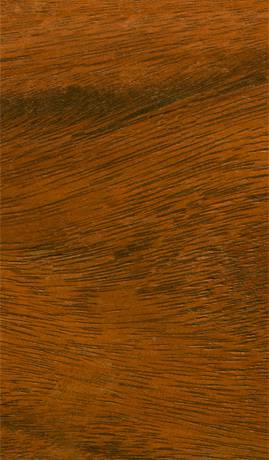Myopia – also commonly referred to as nearsightedness – is a refractive error of the eye. It is a result of physical properties of the eye, such as the length and width of the eye relative to the curvature of the lens.
The result of these physical factors is the changing of the focal point, moving it from the surface of the retina to a position just in front of it.
It is estimated that 1 in 3 Canadians have Myopia, though recent studies show its prevalence as high as 1 in 2! As its statistics suggest, it is quite common and increasingly so.
Symptoms of Myopia
Myopia can present itself in varying stages of intensity. It is generally referred to as nearsightedness because its symptoms are exactly what the name suggests:
- Squinting to read or focus on small objects, such as text or words on paper
- Eye strain, especially after looking at a digital display
- Headaches
- Feeling fatigued, especially when doing things that require visual acuity (sports, driving, etc.)
Myopia Treatments
Myopia is most often treated with corrective lenses in the form of eyeglasses or contact lenses. Corrective lenses are non-invasive, non-surgical, and effective for the vast majority of people that require vision correction.
Other options include laser vision correction and orthokeratology. Ask your Optometrist which treatment is suitable for you.





